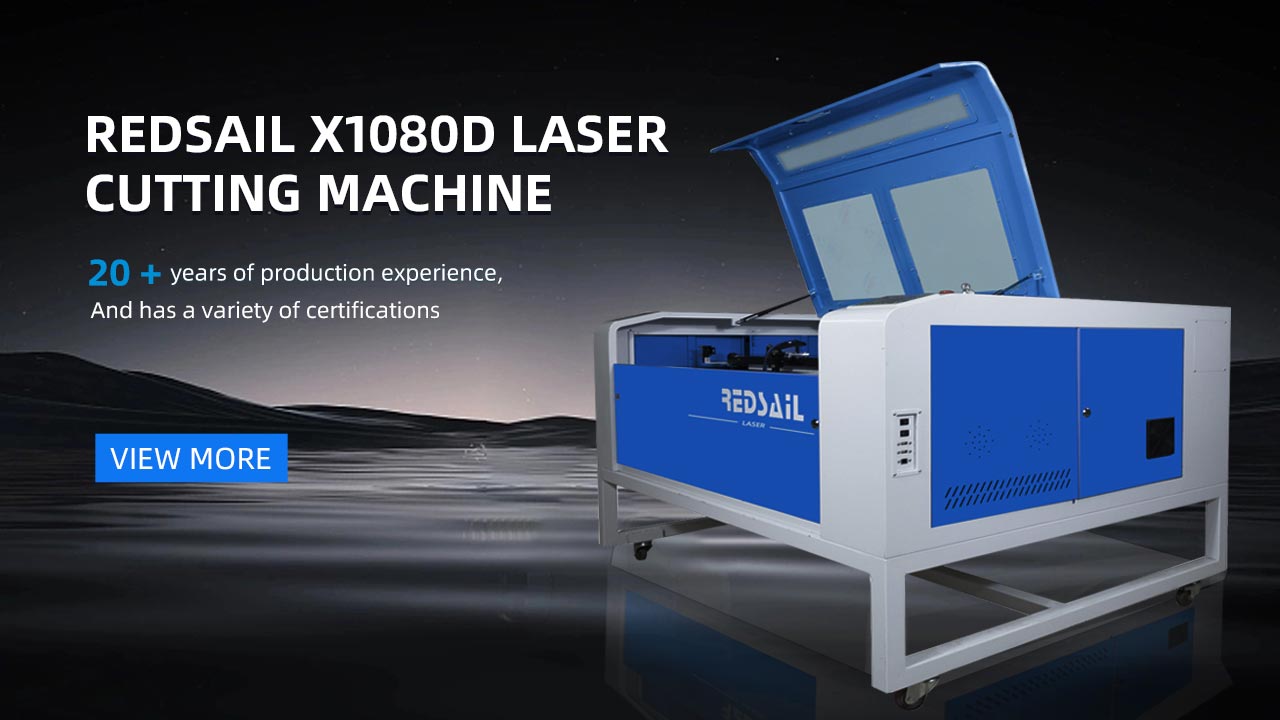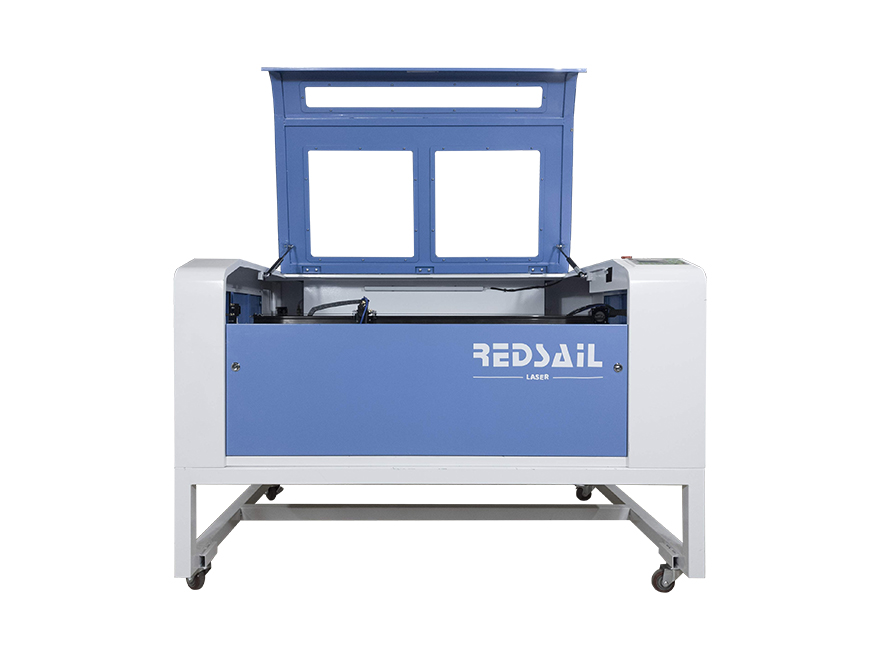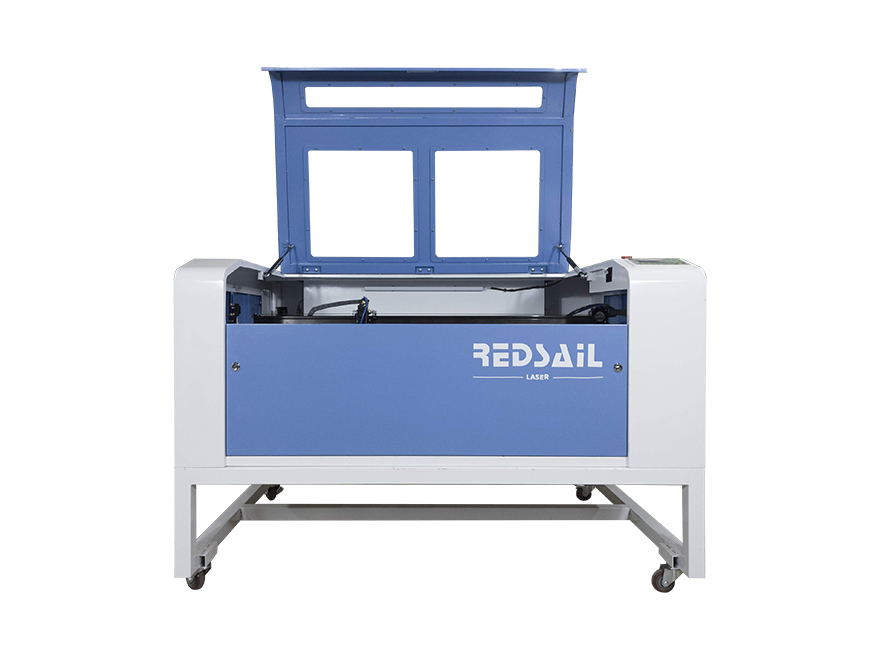Plasma Cutters vs. CO2 Lasers: Which is Right for You?
When it comes to cutting metal, there are two main options: plasma cutters and CO2 lasers. Both have their advantages and disadvantages, so it’s important to understand the differences between them before making a decision.
Plasma Cutters
Plasma cutters are a type of cutting tool that uses a high-velocity stream of ionized gas (plasma) to cut through metal. They are relatively inexpensive and easy to use, making them a popular choice for hobbyists and small businesses. Plasma cutters are capable of cutting through a variety of metals, including steel, aluminum, and stainless steel. They are also capable of cutting thicker materials than CO2 lasers.
CO2 Lasers
CO2 lasers are a type of cutting tool that uses a beam of light to cut through metal. They are more expensive than plasma cutters, but they are also more precise and can cut through thinner materials. CO2 lasers are capable of cutting through a variety of metals, including steel, aluminum, and stainless steel.
Which is Right for You?
The choice between a plasma cutter and a CO2 laser depends on your needs and budget. If you are looking for a tool that is inexpensive and easy to use, then a plasma cutter is probably the right choice for you. If you need a tool that is more precise and can cut through thinner materials, then a CO2 laser is probably the better option.
FAQs
What is the difference between a plasma cutter and a CO2 laser?
A plasma cutter uses a high-velocity stream of ionized gas (plasma) to cut through metal, while a CO2 laser uses a beam of light to cut through metal. Plasma cutters are less expensive and easier to use, while CO2 lasers are more precise and can cut through thinner materials.
Which is better for cutting metal?
The choice between a plasma cutter and a CO2 laser depends on your needs and budget. If you are looking for a tool that is inexpensive and easy to use, then a plasma cutter is probably the right choice for you. If you need a tool that is more precise and can cut through thinner materials, then a CO2 laser is probably the better option.



